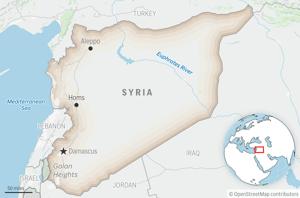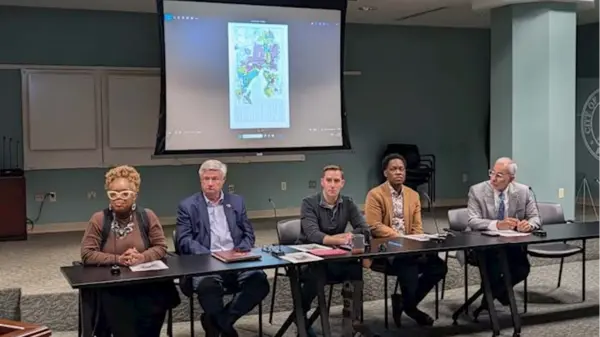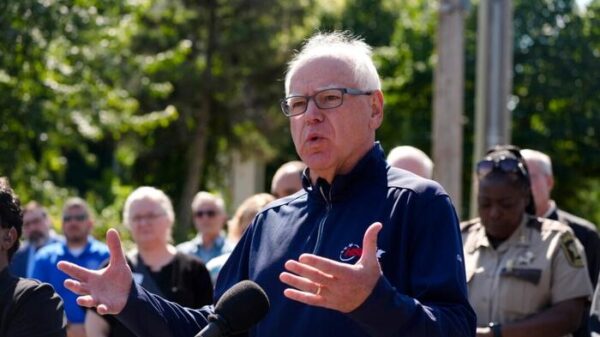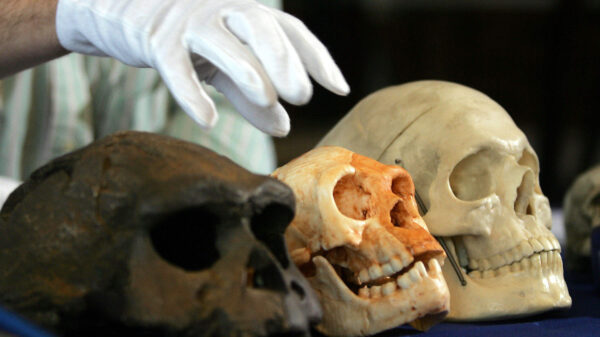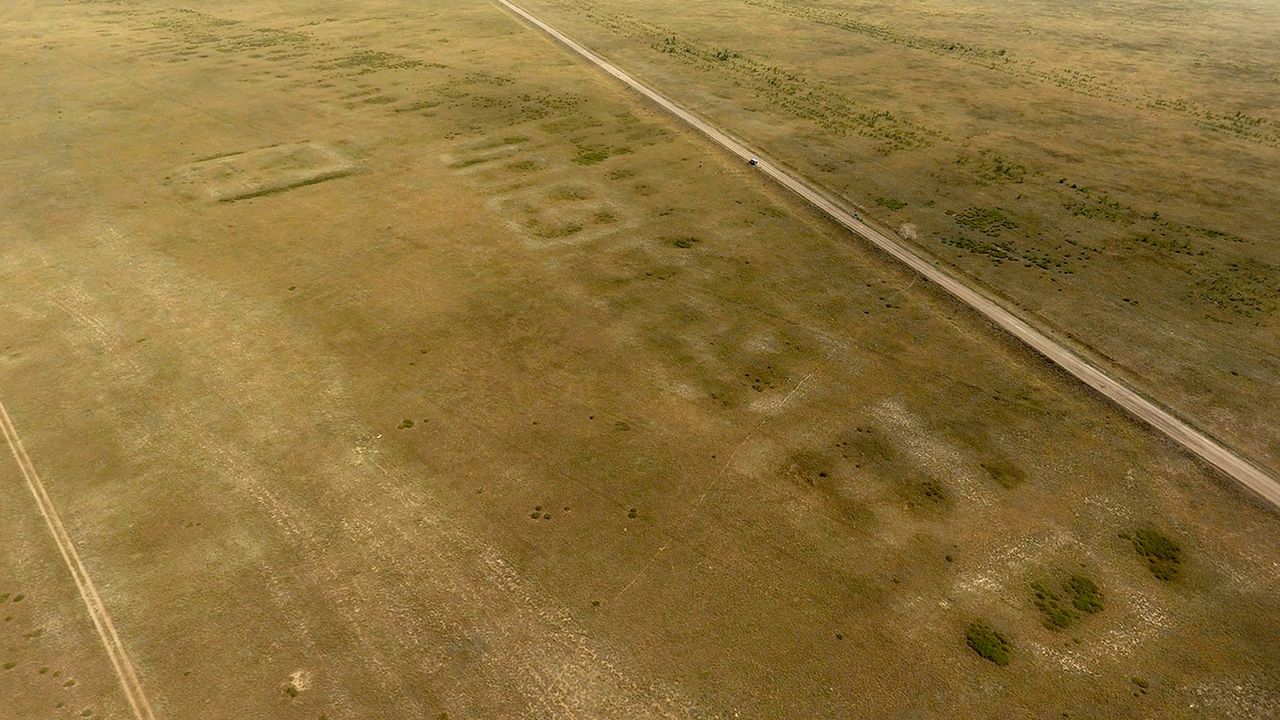BREAKING: Archaeologists have just uncovered an expansive Bronze Age city in northeastern Kazakhstan that could radically change our understanding of ancient steppe societies. The site, known as Semiyarka, spans an impressive 346 acres (140 hectares) and dates back approximately 3,600 years, making it one of the largest settlements of its time in the region, according to a study published on November 18 in the journal Antiquity.
The discovery, made atop a bluff overlooking the Irtysh River, not only reveals a significant early urban center but also suggests that mobile communities were capable of creating and maintaining permanent and complex settlements. “Semiyarka transforms our understanding of steppe societies,” stated Miljana Radivojević, the study’s lead author from University College London. This groundbreaking find emphasizes that these communities were adept at large-scale metallurgical production, which is pivotal to the Bronze Age economy.
Excavations at the site revealed two rows of earthworks that appear to have organized households and communal areas. A larger central structure, potentially used for governance or rituals, stood at the intersection of these rows, indicating a well-planned city layout. The presence of metal artifacts, ores, and slag points to the area’s role in early industrial production of copper and tin-bronze. “This kind of metallurgical production has long been absent from the archaeological record,” Radivojević noted, highlighting the significance of this find.
The metal ores likely came from nearby deposits in the Altai Mountains, situated near the borders of Kazakhstan, Russia, Mongolia, and China. This strategic location suggests that Semiyarka may have been a vital center for trade and distribution in the region, controlling access to valuable resources. “The scale and structure of Semiyarka are unlike anything else we’ve seen in the steppe zone,” emphasized Dan Lawrence, co-author and landscape archaeologist at Durham University in the U.K.
This discovery is unprecedented, revealing that Bronze Age communities in the steppes were developing sophisticated, planned settlements that rivaled those in more traditionally urbanized areas of the ancient world. The implications of this find are vast, potentially reshaping our understanding of social organization and economic practices in early Eurasian societies.
Researchers are excited about the ongoing and future excavations that will further clarify Semiyarka’s role within the broader historical context. As these discoveries unfold, they promise to offer deeper insights into the complexities of life in the Bronze Age and the interconnectedness of ancient cultures.
Stay tuned for more updates as this story develops. The implications of Semiyarka’s findings are monumental, making it essential reading for anyone interested in archaeology and the history of human civilization.









